Rootstocks are an essential but poorly understood component of winegrowing in New Zealand. It is generally known that rootstocks can confer favourable properties on the grafted plant, including insect resistance, tolerance of soil biotic and abiotic conditions, and other impacts on the scion. However, the industry does not have robust knowledge relevant to local conditions in order to make informed choices about the best rootstock options for a particular planting situation.
BRI has developed a trial to generate this knowledge to support rootstock choice, and last week the BRI team planted a trial block of 15 different rootstocks. The trial is a split-plot of three different irrigation levels, with each rootstock replicated six times.
Focusing on Sauvignon Blanc, the trial aims to identify rootstocks that will confer drought tolerance and maximise the productive water use efficiency while maintaining high productivity and the characteristic style of Sauvignon Blanc that consumers expect.
Any rootstock trial is at least a five-year investment, with ten or more years of trial data being desirable. Vines must be grown to maturity, and the contribution to grape productivity and yield will then be determined across rootstocks. Until the trial block is established, we will collect water use efficiency and yield data on two mature replicated rootstock trials planted in the nineties.
First-season vigour is a key factor in vineyard establishment, affecting the speed with which the fruiting canopy is established. This data will be available from year one from the trial block.
As trial vines mature and come into bearing, further valuable data will be collected, ultimately leading to the industry having objective data to guide the selection of rootstocks for specific growing situations.
The findings from the rootstock trial will contribute to the Sauvignon Blanc Grapevine Improvement programme and other future BRI programmes. New adaptation strategies are required to deal with the changing climate and using more efficient drought-tolerant rootstocks is potentially a sustainable solution.



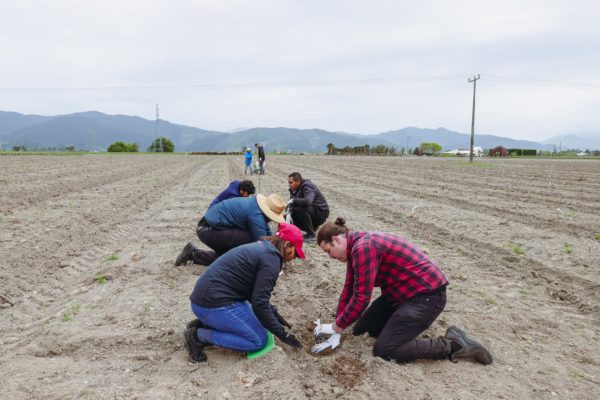
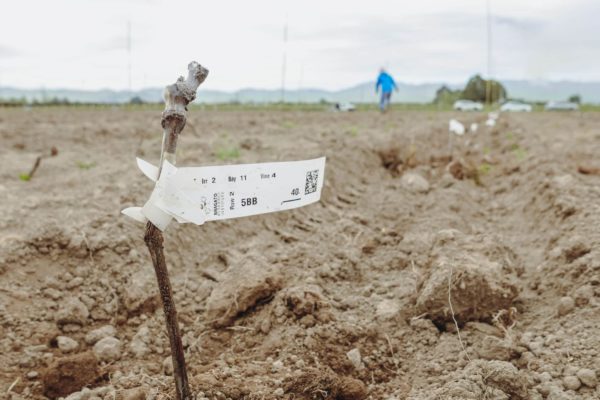
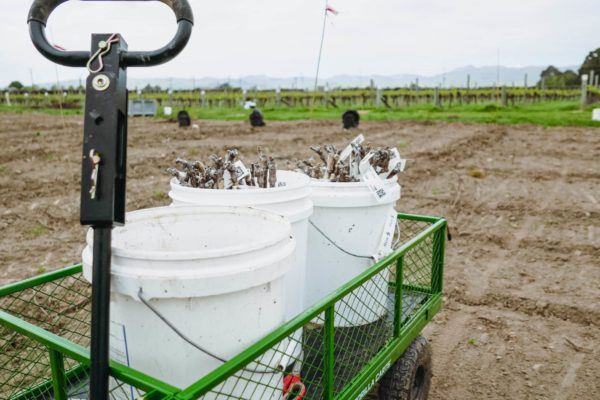

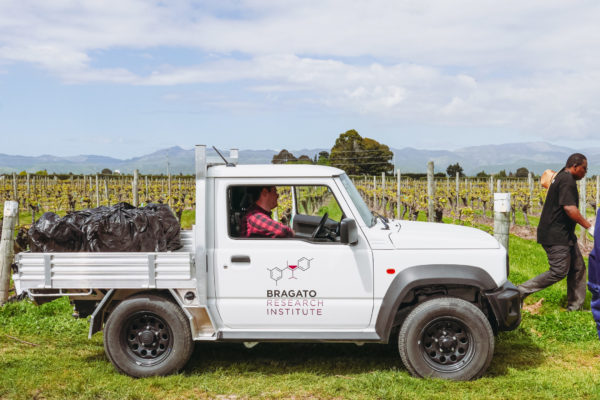
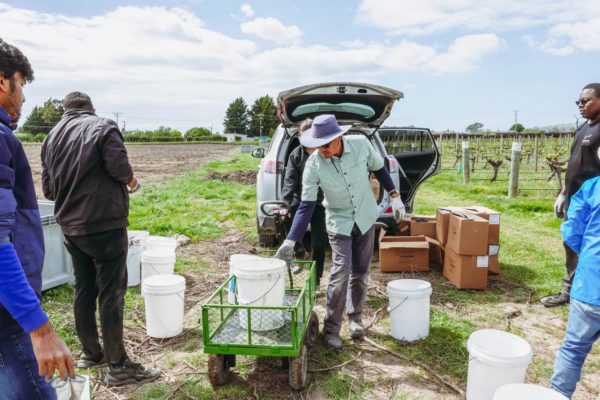















Hi Bragato
Why is there not any detail on the rootstocks that you are trialling? This would be very interesting for members to see.
Hi Blair, thanks for your message. We plan to share more information as the trial progresses, but if you’d like to know the specific rootstocks please feel free to contact the project manager at carmo.vasconcelos@bri.co.nz.
Hi Sarah, I am curious if the rootstocks being trialled have since been published somewhere? Thanks so much,
Margot
Hi Margot, there is a list here: https://bri.co.nz/portfolio/rootstocks/ and you can read more about them here: https://bri.co.nz/2023/02/07/introducing-bri-rootstock-trial/. Hope this helps, thanks Sarah